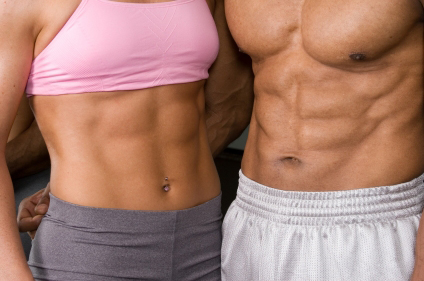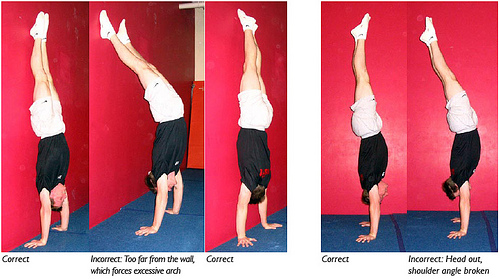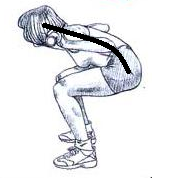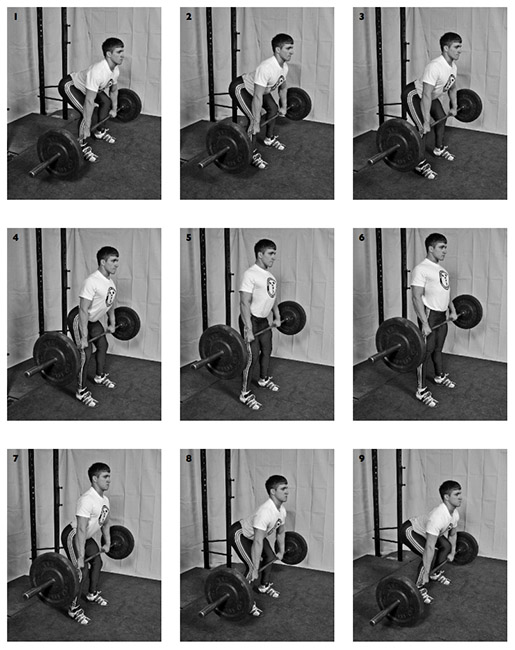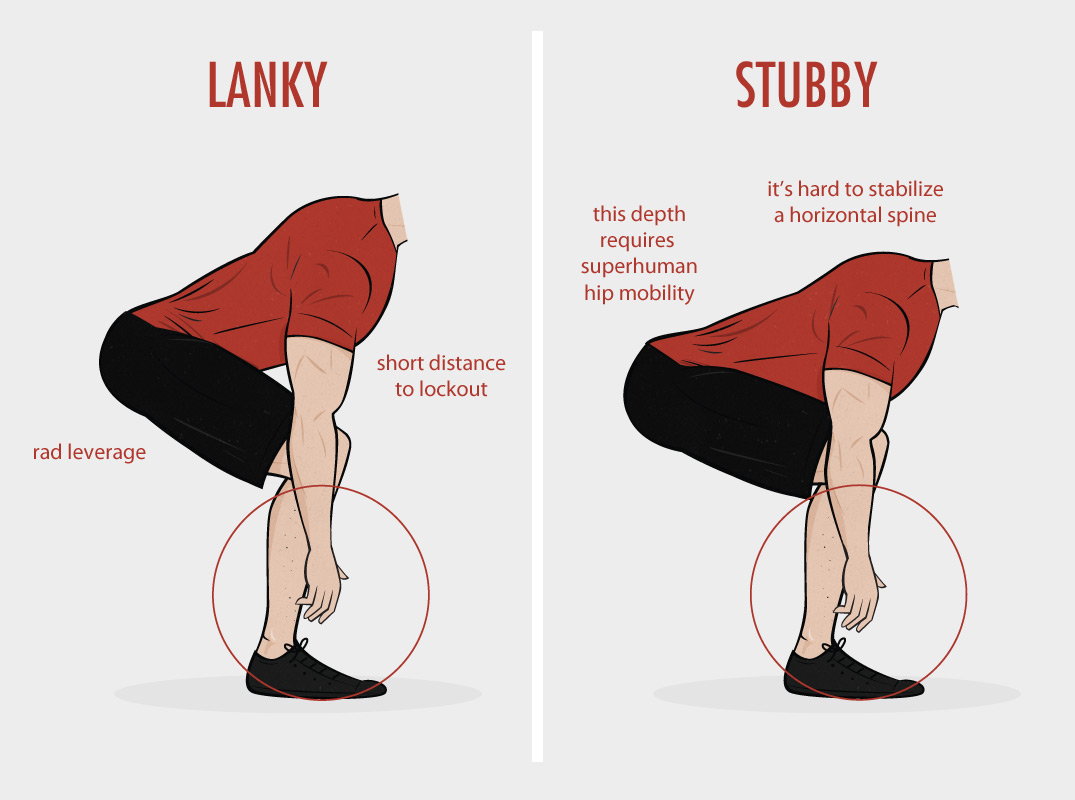Progress
Baby steps, they say. As if results won't come any other way.
Work, benefit, build gains, and work again. Slow and steady. Bit by bit.
Yet here's the funny part: if you've ever been around a baby, you realize they actually change dramatically in the span of a month or even just a week. In fact, it's almost as if toddlers take on new characteristics each day. One day, not walking; the next, cruising around and getting into everything.
Sometimes strength and conditioning benchmarks are the same way. There's almost a dichotomy to it. During any typical week progress comes crawling in, slowly but surely. Personal records in one rep max attempts can be hard to come by, but with steady volume and progressive overload, work capacity increases. In turn, muscle cell recruitment and contractile strength improves. But also, every once in a blue moon things just click. Gains come fast. People turn around and ask "When did you learn how to do that?" Your coach celebrates as much as you do after a multiple PR week. You hit an Olympic lift or a gymnastic movement with such technique where it just feels right-- balanced and easy, as mindless as walking on two feet.
It's been another summer of hard work. Another summer of blood, sweat, and maybe even some crocodile tears. We put in time at the gym, through some hot summer days. Lifting and pushing and pulling and running and jumping and...
We're always in pursuit of more, at least in the fitness world. We get a little taste of success and it's like chocolate cake to a one-year-old.
And like infants, onward we grow in our fitness journey, holding on to whatever we can in order to gain balance and make our way across the living room of life.
Sure, some of us are more developed. Out of diapers and more like snot-nosed kids or even pimple-faced teenagers, in terms of progress. But even the most gifted athletes of our time are still pursuing mastery in physical fitness. Every single person wants to be better. Rarely does anyone ever feel safe or mature, in relation to strength and conditioning.
Yes, of course we grow old. But we remain perennial newborns in so many ways. We're always struggling to perfect certain skills or movements; we're always aiming for better conditioning or overall strength. Weaknesses can be fought, but in many cases it's a series of constant, frustrating temper tantrums. Sometimes we just need a nap.
So is there a way to optimize our progress in physical fitness?
Recommendations:
- Be patient.Progress can come in waves. These are still baby steps, just larger in stride, really. And like a toddler learning to walk, there may in fact be steps backwards as well. Hiccups; bumps in the sidewalk. Use these as reminders that nothing comes without hard work. Stick with it.
- Be persistent. Consistency pays off in the long run. Quality time spent pursuing your fitness goals will allow your body a chance to see results and your mind to benefit from the experience. This is a potent combination, and strikes a confidence in oneself that only fuels more progress. Feed the fire.
- Know when to quit. If a lifting session or some post-workout skill work aren't going well, then a new PR or your first muscle-up probably won't happen on your 30th, 40th, or 50th attempt. Being persistent is one thing, being stupid is another. Too many falls on your diaper butt and it's time to change your pants and go to sleep. Cut your losses. Live to work another day.
So, as the Words of the Week articles come to a close for another summer, I wish everyone good luck once again in becoming better than yesterday in all that you do. Stay at it and progress will come, even if it is little by little.
Thanks for taking the time to read, this summer and always.
See you kids on the playground.
- Scott, 8.25.2014










